Soybean Insects
Recommended Content
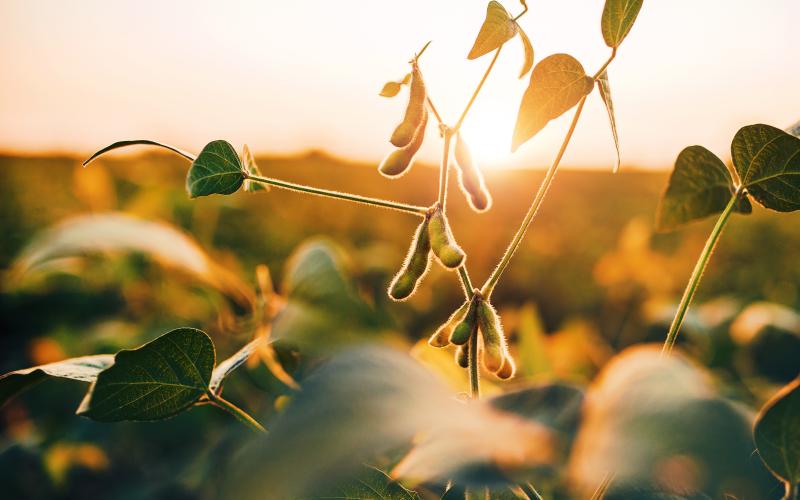
Best Management Practices for Soybean Production
This is your unbiased, research-based guide to soybean production to help increase yield, reduce input costs and protect your investment.
All Soybean Insects Content
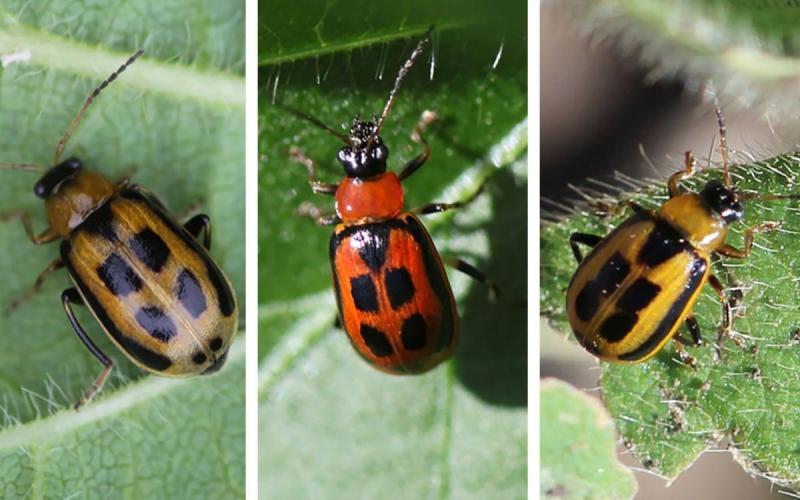
Bean Leaf Beetles Showing Up in Soybean
Despite the prediction of low overwintering survival we have observed bean leaf beetles in soybean this week. See our latest observations and management recommendations.

Update on Chlorpyrifos Use in South Dakota
As of June 30, 2025, the labeled uses for chlorpyrifos products for food and feed are limited to alfalfa, soybean, and wheat in South Dakota. Chlorpyrifos can no longer be used to treat sunflowers.
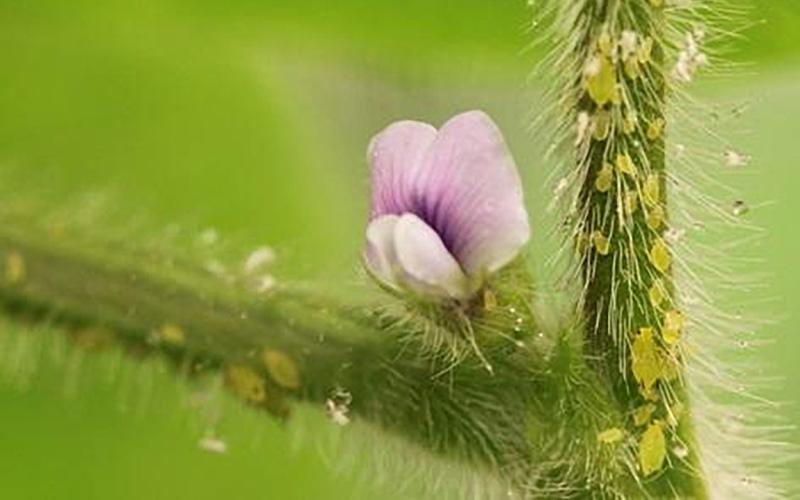
Soybean Aphids Detected in South Dakota
While scouting soybean aphids this week we observed small colonies of 5 to 10 soybean aphid nymphs. This indicates that the soybean aphids are just starting to arrive in South Dakota soybeans and weekly scouting for them should be occurring.
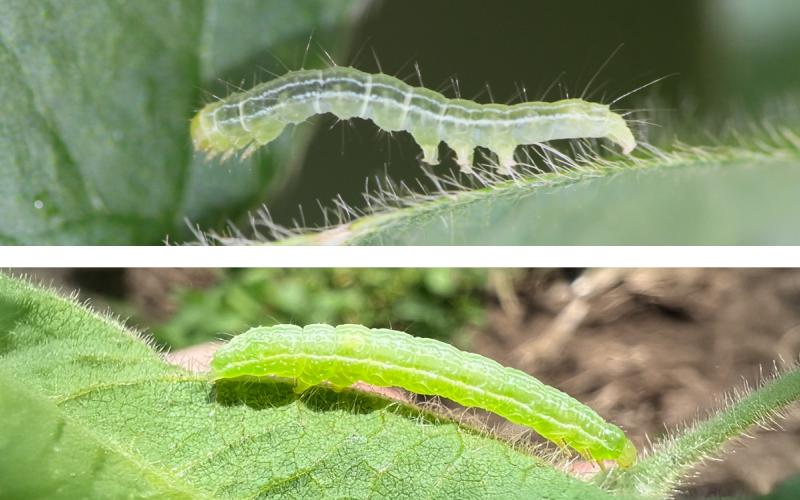
Green Caterpillars Causing Defoliation in Soybean
This week we observed several species of caterpillars in soybean fields. The most common species were the green cloverworm and the cabbage looper.

Dectes Stem Borer Adults Are Active in Soybean: 2025 Management Recommendations
Dectes stem borer adults have been collected from soybean in Southeastern South Dakota. The larvae of this pest are capable of reducing soybean yields by 10-15% due to tunneling activity in the main stem. Learn some tips for scouting and managing them this season.
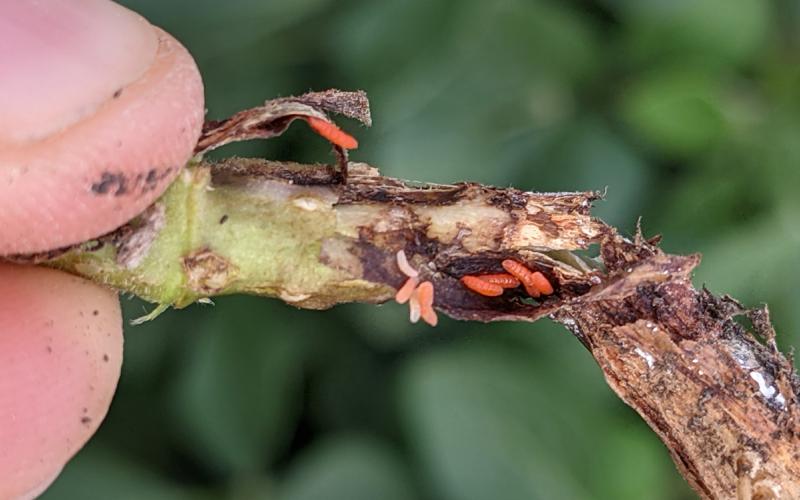
Soybean Gall Midge Larvae Detected in South Dakota
Soybean gall midge larvae have been detected in soybean in southeastern South Dakota. Scouting for fields with infestations may explain wilting or dying soybean along field edges.
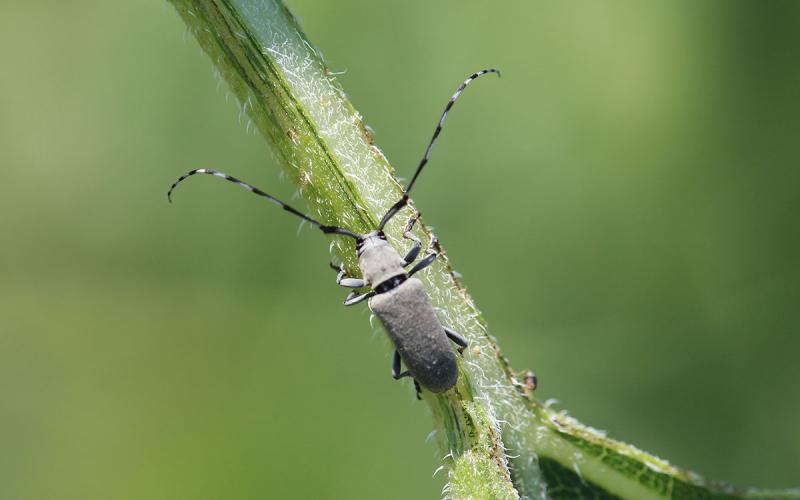
Dectes Stem Borer in South Dakota Soybeans
Fact sheet on Dectes stem borer in South Dakota soybeans
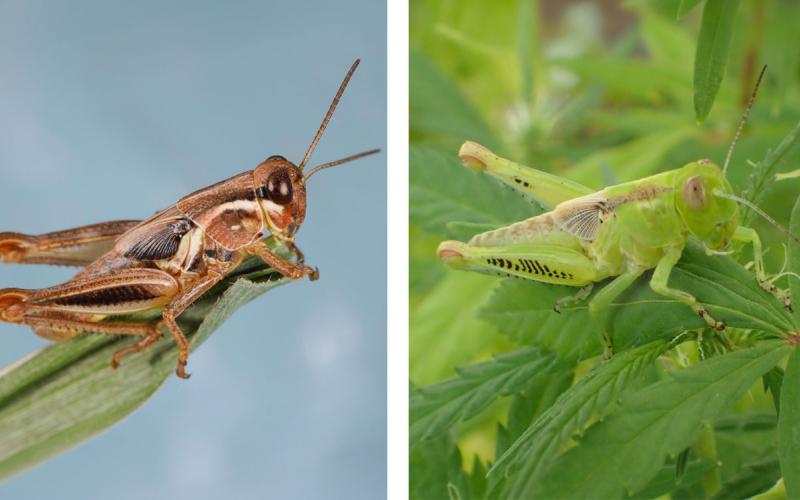
Grasshoppers Are Showing up in Large Numbers in Eastern South Dakota
While scouting spring wheat in Brookings County this week, we noticed grasshopper nymph populations that were close to threshold.
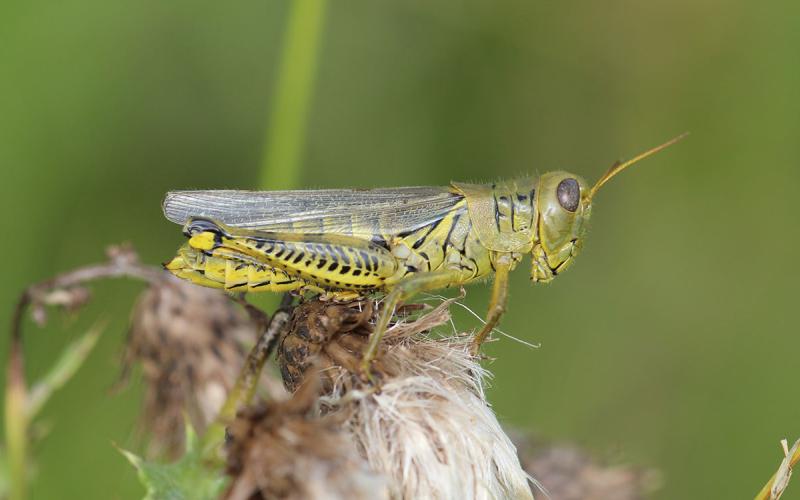
Survey of Grasshoppers in South Dakota
Fact sheet on the abundance and species diversity of grasshoppers in South Dakota

Dectes Stem Borer in Soybean Survey: 2023 and 2024 Results
During the 2023 and 2024 growing seasons, researchers at SDSU surveyed soybean in Eastern South Dakota for the presence of Dectes stem borer adults.